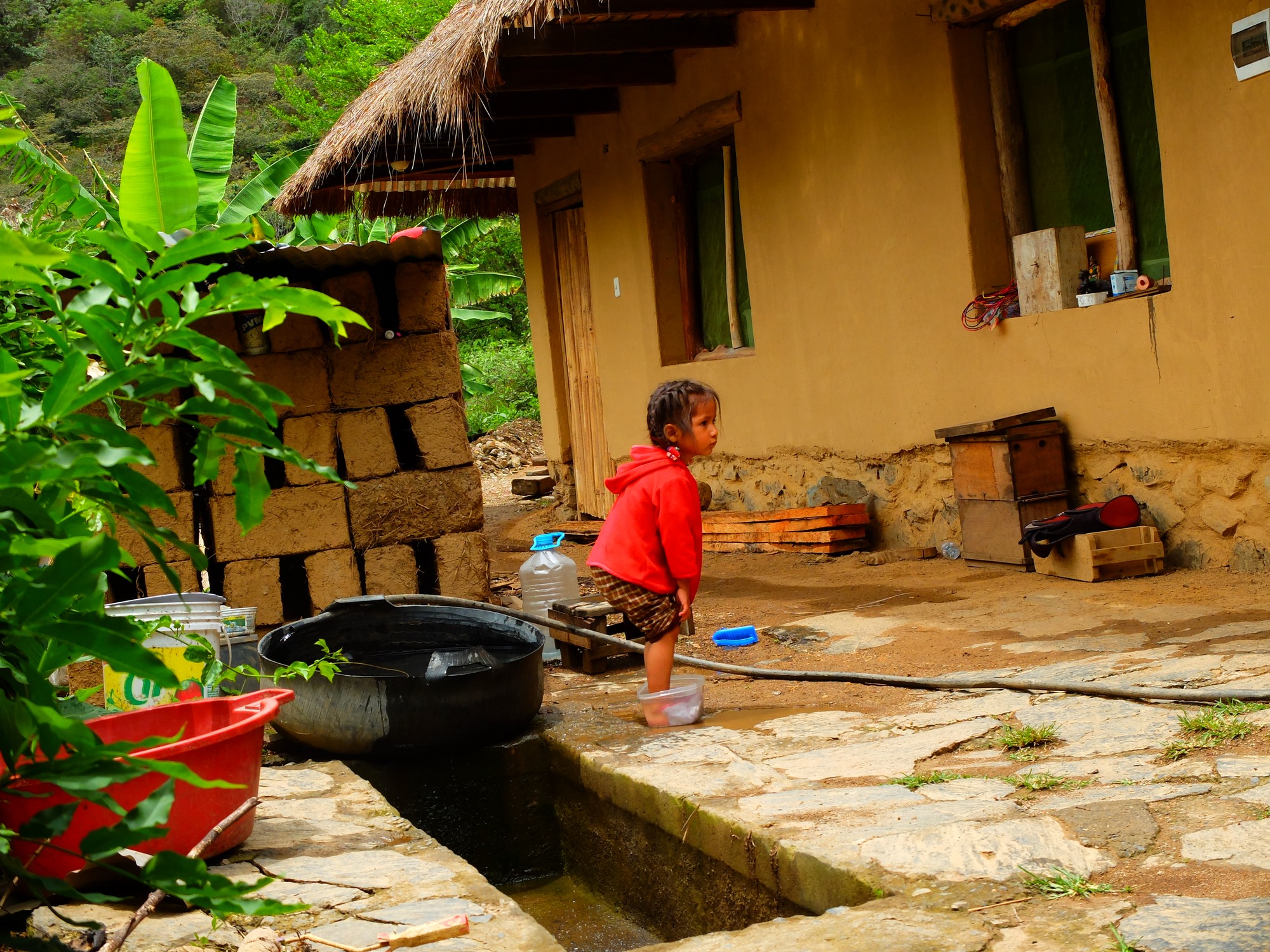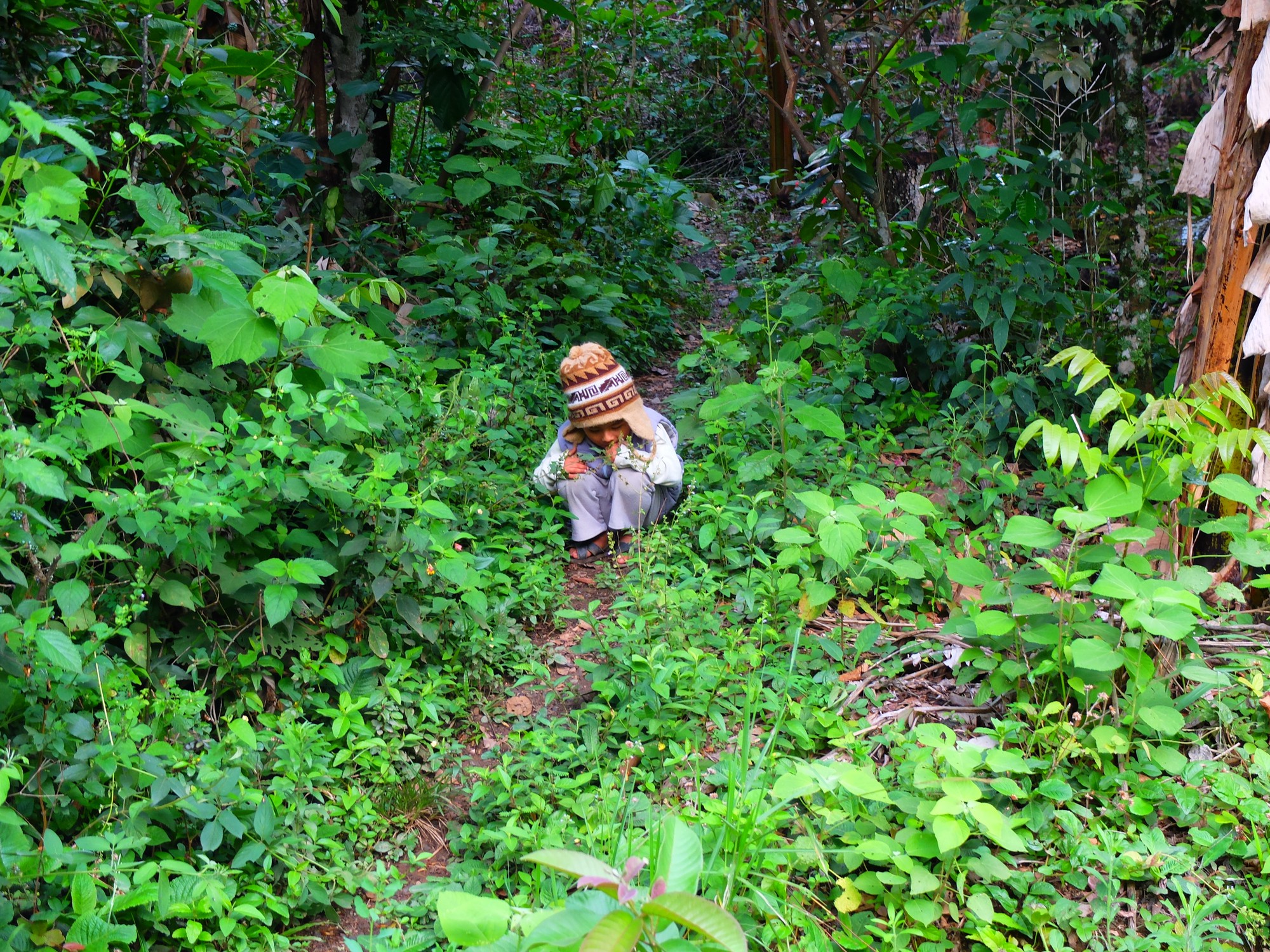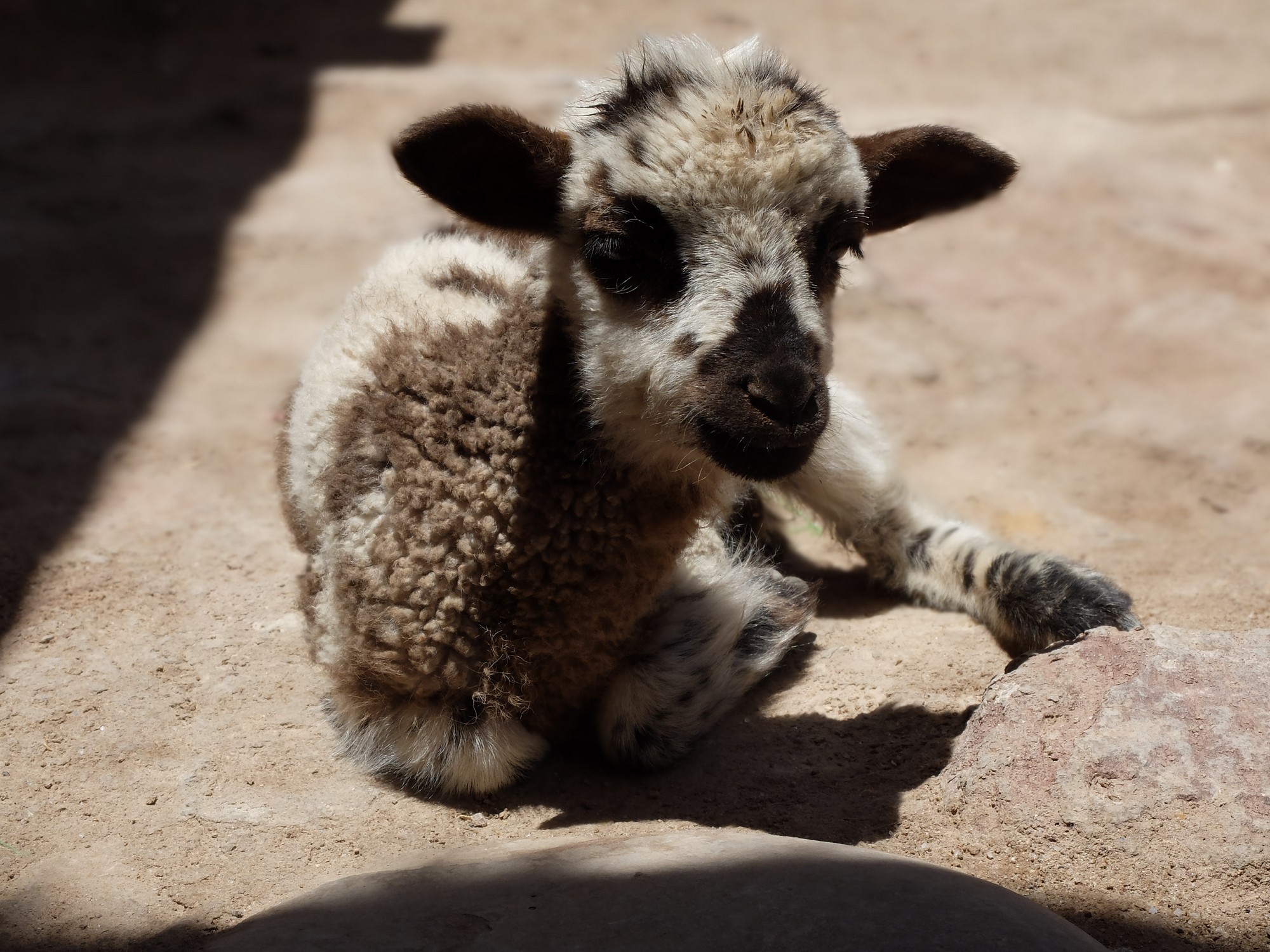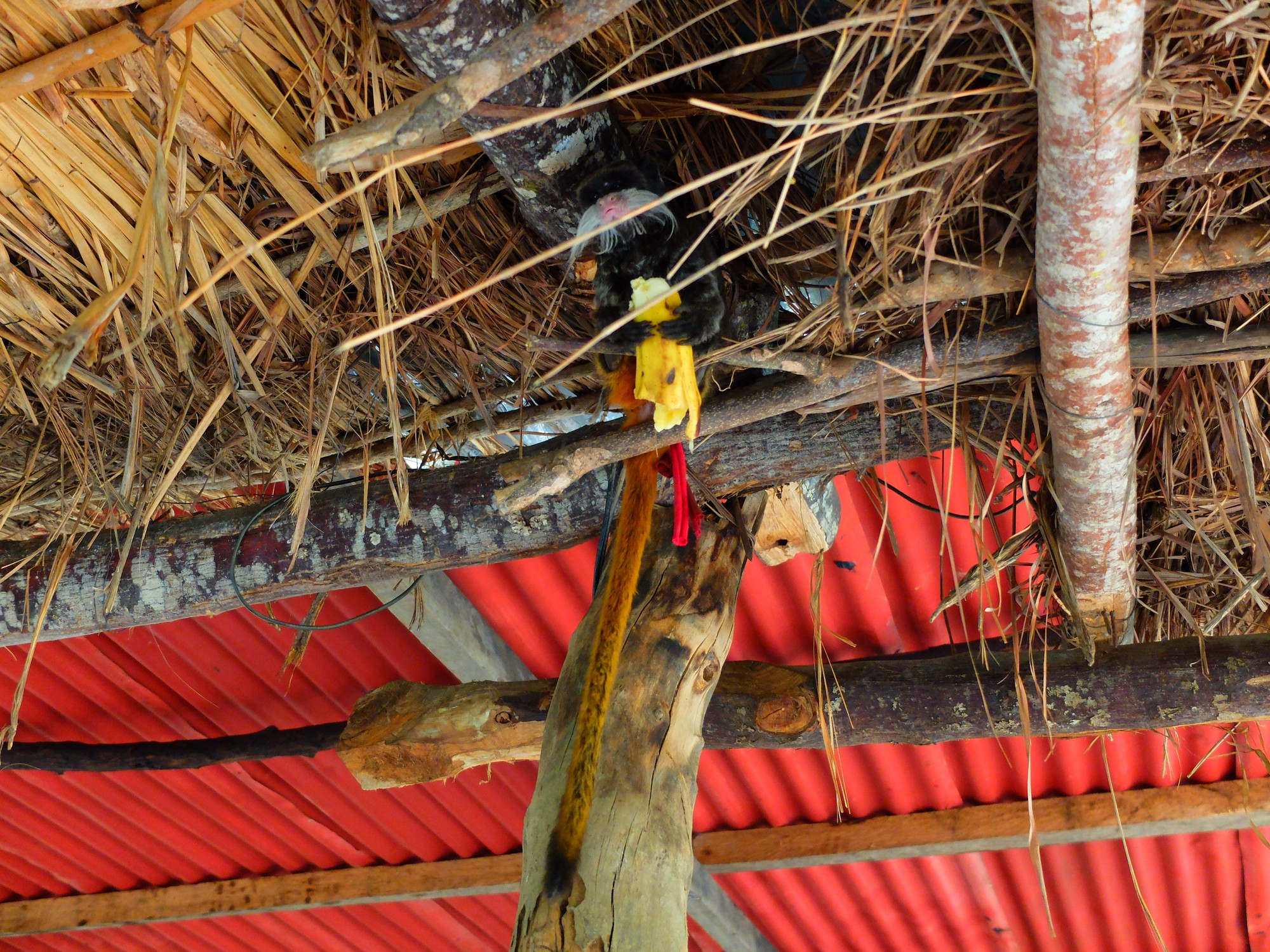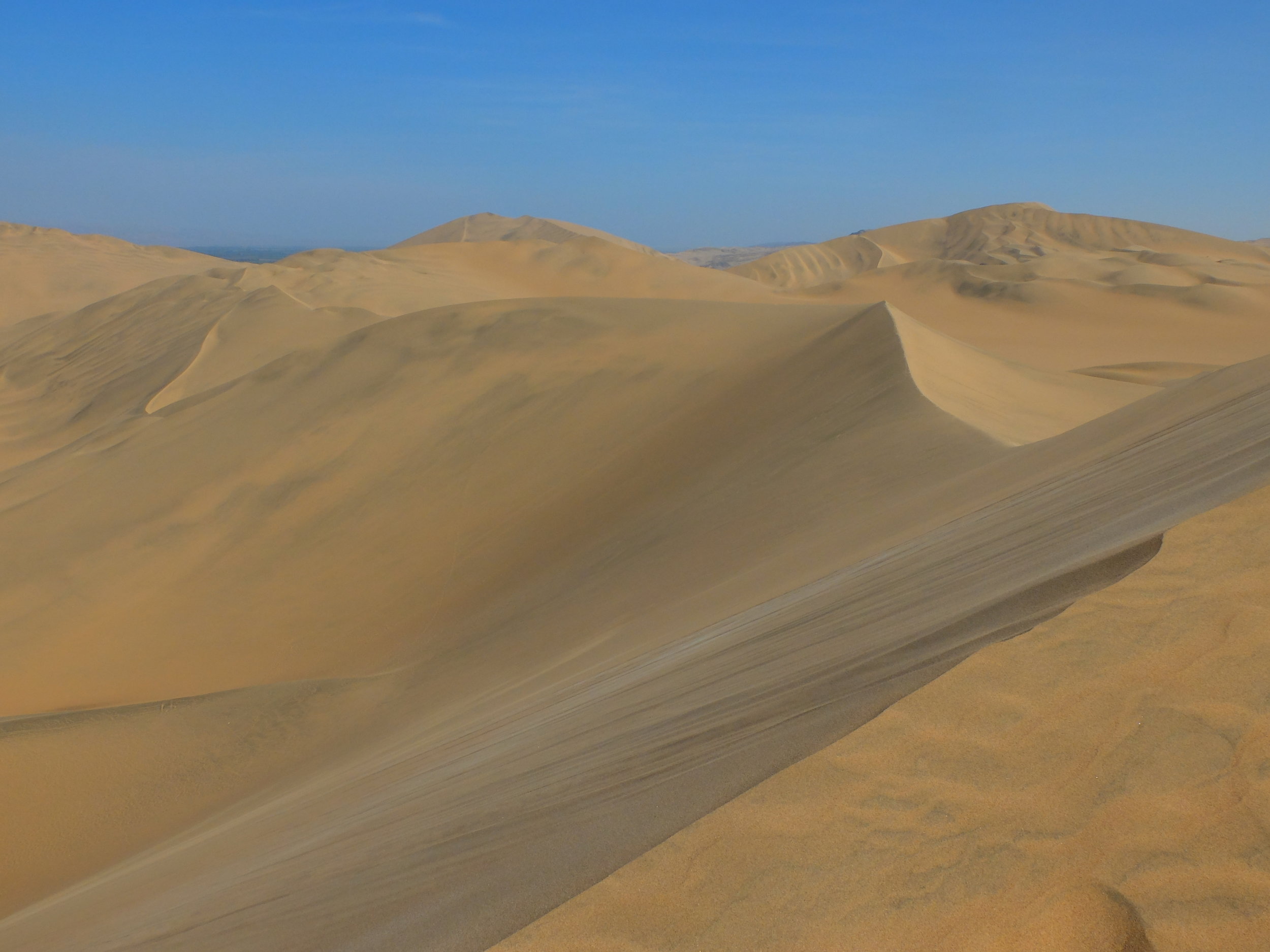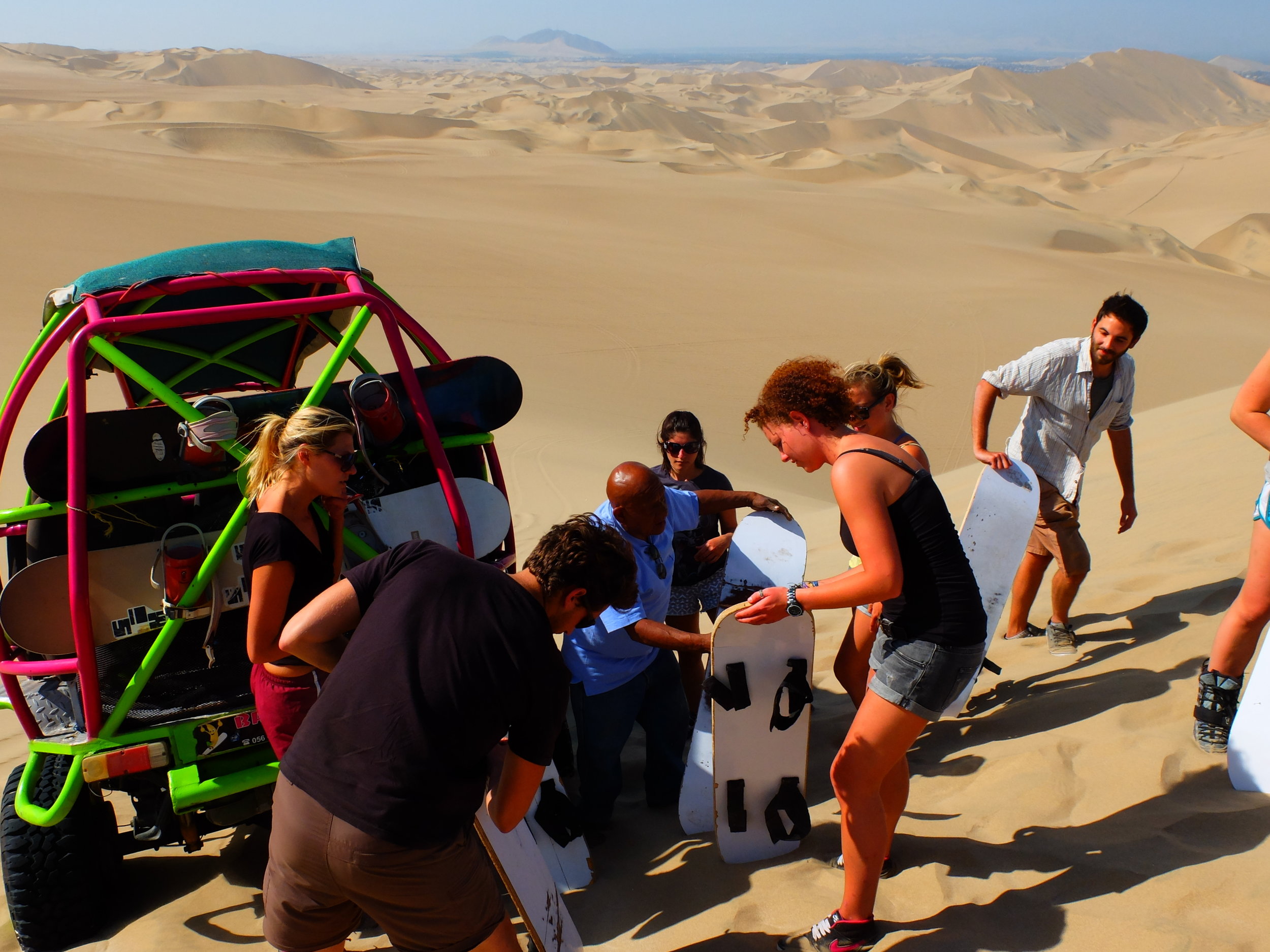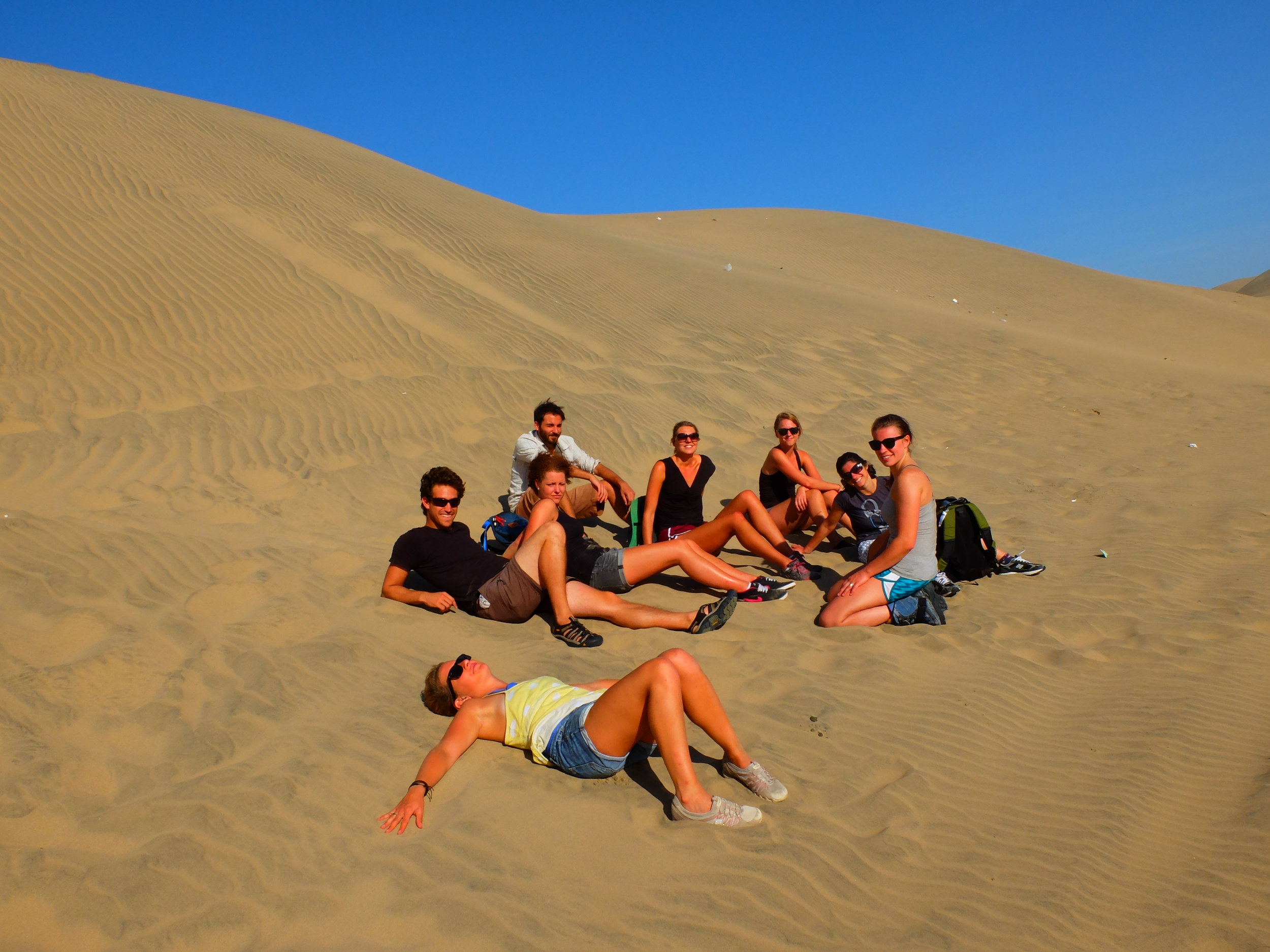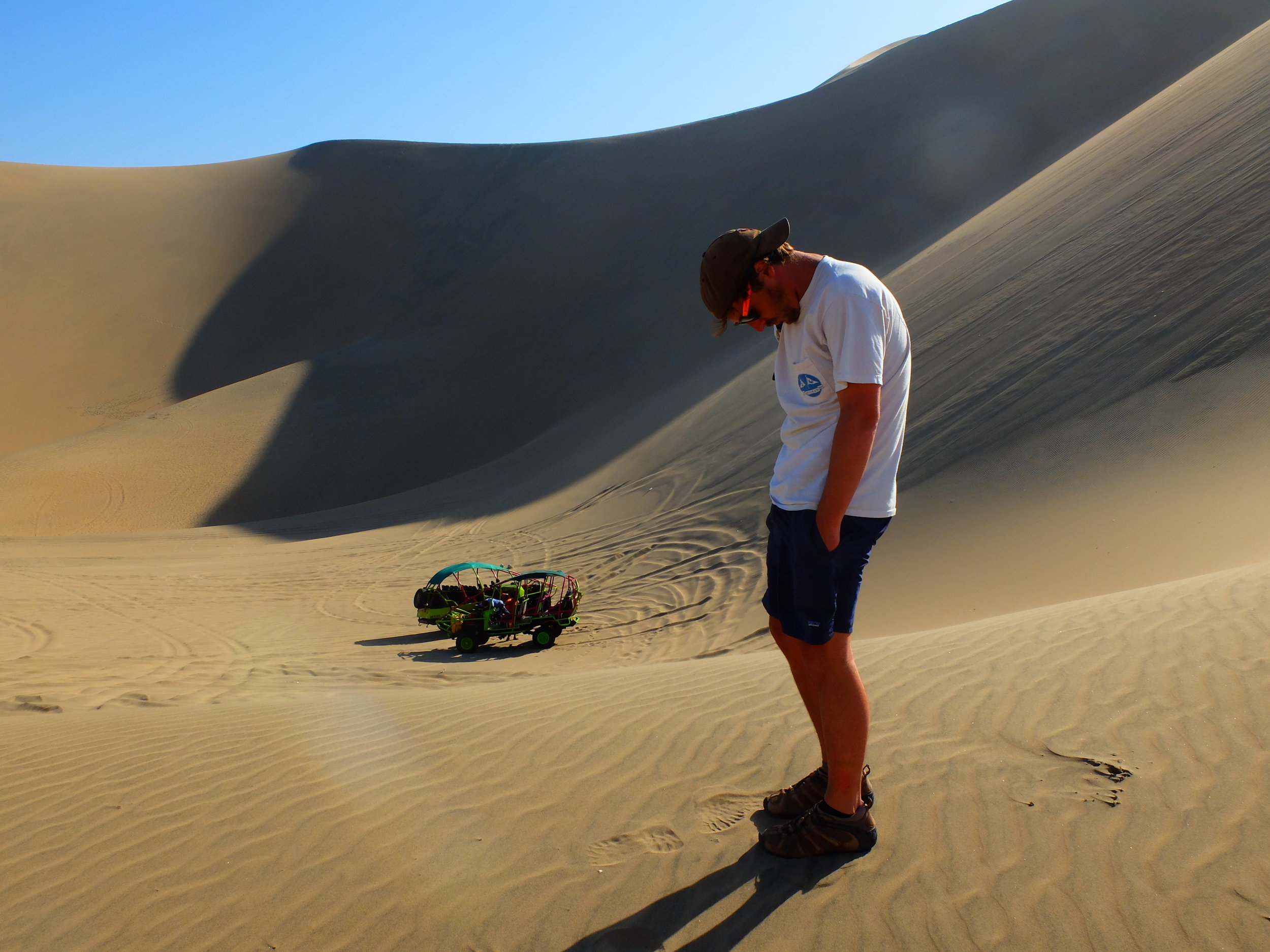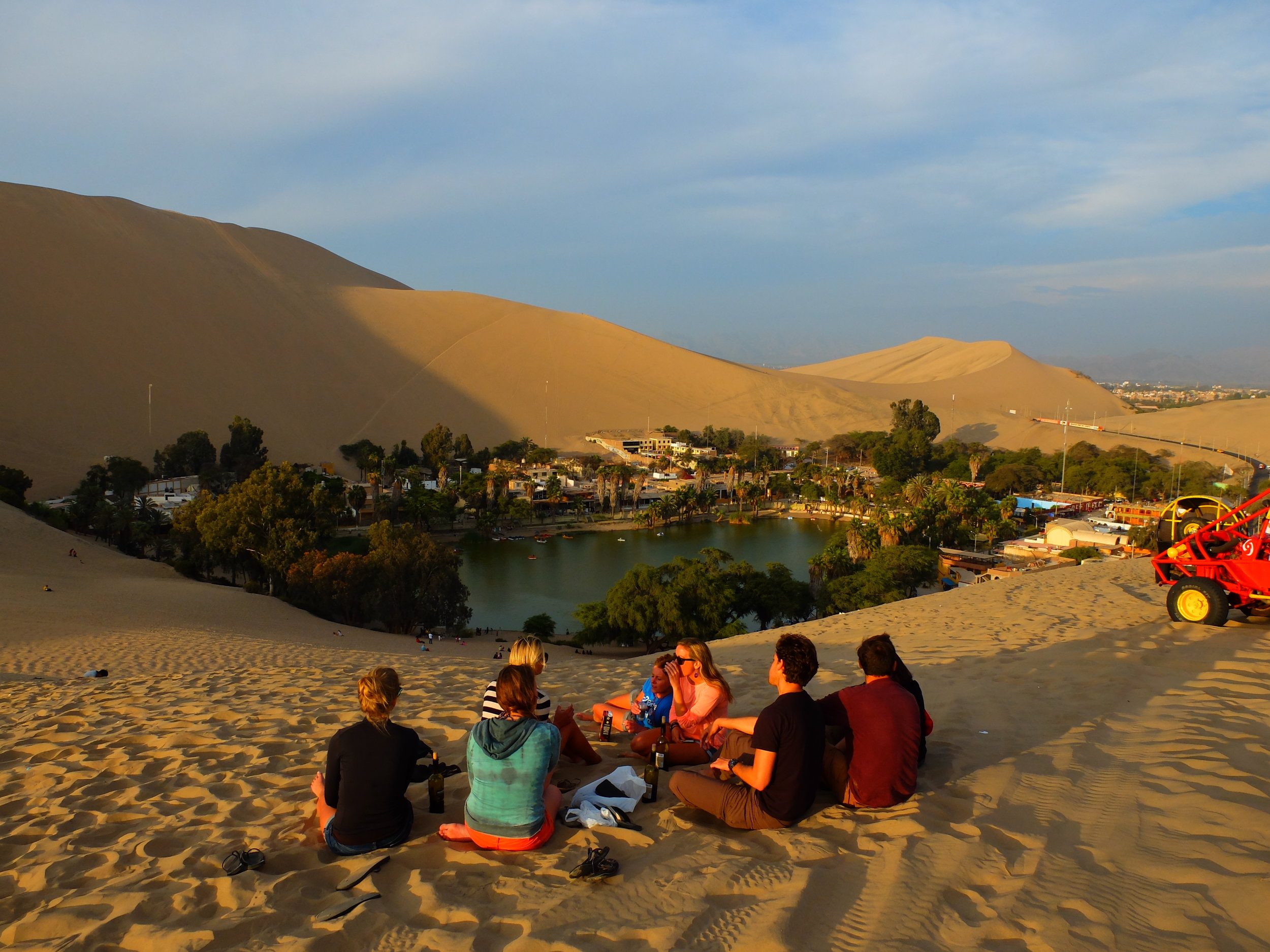The Jamming Abuelo
This guy insisted on playing us a quick song. No one could understand the lyrics, it was either in Quechua ((one of many local languages common in South America, a significant number of local communities never learn Spanish)) or gibberish.
Ninos y Ninas
Animals
Halloween
I realize it’s a little late for a Halloween post but here are some pictures of the celebration down in Cusco. Dressing up when you’re carrying such a minimal amount of clothes is a challenge, but many travelers came up with creative ideas. I decided on a prisoner uniform and I know what you’re thinking – “that fake goatee really works with the prisoner look!” Unfortunately that’s just my real traveler “beard.”
Machu Picchu
What can be said about Machu Picchu that hasn't already been covered by sources far more qualified than this? It’s an incredible place, a mysterious testament to the achievements of ancient cultures, a beautiful shadow of a time far gone, a great thing to see and sit and think about.
That being said, it must be realized that all tourist attractions eventually reach a kind of equilibrium. Like an economic market in the long-term, they eventually respond to increasing demand, correct themselves, and balance out. Machu Picchu has reached that advanced state. They’ve made it accessible to almost all visitors, figured out the maximum amount of revenue they can generate, and basically recognized it for the national treasure/cash cow that it is. This is not necessarily a bad or wrong thing; it is simply what the powers that be have decided to do. It’s what the tourism departments of almost all governments decide to do. And yet, when this occurs, among other consequences, it inevitably allows backpackers to engage in one of their favorite pastimes: disparaging an activity as too “touristy”. The arrogance of believing that one group of tourists somehow has more of a right to experience a world treasure than another aside, the “touristy” complaint is generally a ridiculous and limiting argument. Yes, Machu Picchu is absolutely swarmed with visitors. Yes, many of them are slow, and loud, and easily confused, and altogether frustrating to be packed in with when you’re used to the backpacker crowd. But that’s the price you pay to experience a world-famous attraction. As a great Australian traveler once told me, “You know why some places are so touristy and full of people? Because they’re the best things.” He was right and, if you’re into hiking and ruins and history, Machu Picchu is one of the best things. It’s worth the annoyance its fame brings.
Aguas Calientes
“Base camp” for Machu Picchu, a town built around the incredible tourism the ruins attract. Experiencing Machu Picchu virtually requires a night’s stay in Aguas Calientes and the business owners know it – prices on everything from bananas to hotel rooms are heavily marked up. Besides preparing for Mcchu Picchu and some local hot springs (from which the town derives it’s name, literally “Hot Water”), there is little to do here but eat overpriced Alpaca meat and wait for your train out of town.
Zipping
The world is filled with rivers to raft, mountains to climb, reefs to scuba-dive, valleys to bike, all of them waiting to be explored by the traveler with a sense of adventure. Locals wisely capitalize on the foreigner’s desire to experience the natural beauty of these environments. They hire out guides and the necessary equipment then enjoy a healthy profit provided by their native surroundings. But what of those tourism entrepreneurs based in the harsh, hilly jungle regions, like Peru’s Santa Teresa? Should they be denied the opportunity to show visitors the wonder of their homeland? Of course not; but there are few travelers physically fit or experienced enough to strike out into a dense jungle. Even fewer have the desire to. Luckily, a simple, enjoyable, minimally invasive, relatively easy solution-activity has emerged! The zip-line. Fly above the trees, enjoy the view, avoid the difficulties of the actual jungle.





